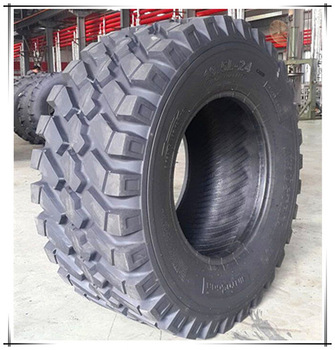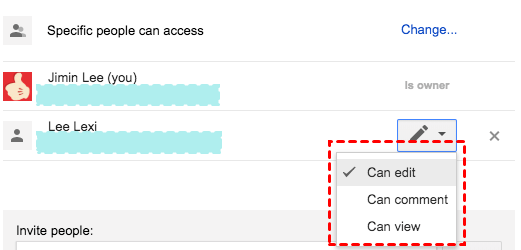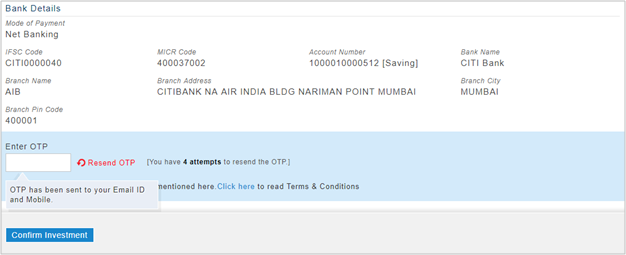Contents:


So while many rental property owners are allowed to claim depreciation, the actual value of their home may, in fact, increase over time. It is the aggregate of the wear and tear of the fixed asset, considered from the time since the purchase and set up of a fixed asset till the time period into consideration. It is subtracted from the asset’s historical cost value to arrive at the net book value.

These potential benefits should outweigh the cons when it comes to managing your real estate portfolio. The company has a useful life of 6 years and a salvage value of $50,000 at the end of its useful life. Retirement occurs when a depreciable asset is taken out of service and no salvage value is received for the asset. In addition to removing the asset’s cost and accumulated depreciation from the books, the asset’s net book value, if it has any, is written off as a loss.
Accumulated Depreciation Schedule
You can learn more about the standards we follow in producing accurate, unbiased content in oureditorial policy. Say that five years ago, you dedicated a room in your home to create a home office. You estimate the furniture’s useful life at 10 years, when it’ll be worth $1,000.
Accumulated depreciation works by recording the amount of depreciation that has been charged to an asset over its life. Each time depreciation is charged, the accumulated depreciation account is increased, and the asset’s net book value is reduced. When the asset is sold or disposed of, the accumulated depreciation is subtracted from the asset’s cost to determine the gain or loss on the sale. There are several depreciation methods that businesses can use to allocate the cost of an asset over its useful life. The most common methods include straight-line depreciation, declining balance depreciation, and units of production depreciation. Each method has its advantages and disadvantages, and businesses must choose the method that best suits their needs.
Accumulated Depreciation vs. Accelerated Depreciation
Accumulated depreciation is not considered an asset because assets represent something that will produce economic value to the enterprise over the past. And accumulated depreciation does not produce the organization’s economic value as accumulated depreciation itself shows the credit balance. Hence the value of accumulated depreciation does not represent something that produced economic value, whether in the past or the future.
Arlington Asset Investment Corp. Reports Fourth Quarter and Full … – PR Newswire
Arlington Asset Investment Corp. Reports Fourth Quarter and Full ….
Posted: Fri, 31 Mar 2023 07:00:00 GMT [source]
Balance SheetA balance sheet is one of the financial statements of a company that presents the shareholders’ equity, liabilities, and assets of the company at a specific point in time. It is based on the accounting equation that states that the sum of the total liabilities and the owner’s capital equals the total assets of the company. Accumulated depreciation is the total amount of depreciation expense recorded for an asset on a company’s balance sheet. It is calculated by summing up the depreciation expense amounts for each year.
How to Calculate Accumulated Depreciation
You can account for this by weighting depreciation towards the initial years of use. Declining and double declining methods for calculating accumulated depreciation perform this function. The double declining method accounts for depreciation twice as quickly as the declining method. Here are some scenarios where accelerated depreciation accounting methods might be the right choice. Depreciation expense is considered a non-cash expense because the recurring monthly depreciation entry does not involve a cash transaction.
This company’s balance sheet does not portray an accurate picture of the current value of its assets. Accumulated depreciation is an accounting term used to refer to the total amount of depreciation that has been recorded on an asset over its useful life. It is a contra-asset account, meaning that it is an asset account with a credit balance.
The intent behind doing so is to approximately match the https://1investing.in/ or other benefits generated by the asset to its cost over its useful life . Suppose we have to select the classification of accumulated depreciation as an asset or liability. In that case, we will choose it to represent an asset as if we represent it as a liability. It will create an impression that it is obligated to pay the third party, which is not a fact.
Accumulated depreciation is essential because it reflects the true value of an asset on the balance sheet. Without accumulated depreciation, the balance sheet would overstate the value of the assets, leading to inaccurate financial statements. Accumulated depreciation also helps businesses track the value of their assets over time, enabling them to make informed decisions about when to replace or upgrade their assets. The double-declining balance depreciation method is an aggressive depreciation approach. It doubles the regular depreciation approach to expend more depreciation costs in the earlier years of an asset’s useful life and less in the later years of the asset’s lifespan.
To see the specifics of depreciation charges, policies, and practices, you will probably have to delve into theannual reportor10-K. Most businesses list assets, including depreciation, in one line on their balance sheet labeled “Property, Plant, and Equipment—Net.” It is not an asset, since the balances stored in the account do not represent something that will produce economic value to the entity over multiple reporting periods.
CREATIONS INC MANAGEMENT’S DISCUSSION AND ANALYSIS OF FINANCIAL CONDITION AND RESULTS OF OPERATIONS. (form 10-K) – Marketscreener.com
CREATIONS INC MANAGEMENT’S DISCUSSION AND ANALYSIS OF FINANCIAL CONDITION AND RESULTS OF OPERATIONS. (form 10-K).
Posted: Fri, 14 Apr 2023 20:49:04 GMT [source]
As a physical asset, time takes its toll on any and every home on the market. The powers that be have been kind enough to offset said depreciation with an allowance of sorts. The General Depreciation System will allow owners to depreciate a portion of their initial cost every year over a period of 27.5 years. The Alternative Depreciation System will allow owners to depreciate a portion of their initial cost every year over a period of 40 years. Kerry Sherin, Consumer Advocate at Ownerly, suggests that “depreciation is the reduction in value of a property over time. Many factors will need to be considered, including the current market, the condition of the home, and any changes to the neighborhood.
This is because land is an asset that does not outgrow its usefulness over time. So to find the accumulated depreciation AD, we need to sum the total depreciation expense from each year. When we find the total of the depreciated expense of the asset after each year, the answer we arrive at is what is the accumulated depreciation of the asset. It is not considered as an asset as the balance in the account does not help with raising an economic value over numerous accounting periods. As a fact, accumulated depreciation is a representation of the economic value consumed.
Declining balance method
Accounting for depreciation requires an ongoing series of entries to charge a fixed asset to expense, and eventually to derecognize it. From this, we can calculate the double-declining rate of the truck in the first year using the depreciation amount formula. While there are many items on the balance sheet , one item you need to track on your balance sheet is accumulated depreciation. Your company’s balance sheet can provide answers to many of the questions you have about your business’s financial health. Investors also pay attention to your balance sheet to determine how much money the company has and what it owes.
Accumulated depreciation is presented on the balance sheet just below the related capital asset line. Depreciation is recorded to tie the cost of using a long-term capital asset with the benefit gained from its use over time. Depreciation can be calculated on a monthly basis by two different methods. An asset’s accumulated depreciation is subtracted from the asset’s cost to indicate the asset’s book value. The book value indicates the maximum amount of future depreciation remaining.
- The General Depreciation System will allow owners to depreciate a portion of their initial cost every year over a period of 27.5 years.
- What many property owners do not realize is that depreciation can actually lead to significant tax benefits.
- Accumulated depreciation is the total depreciation for a fixed asset that is assigned as an expense since the asset was obtained and made available for use.
- During the current period to the depreciation at the beginning of the period while deducting the depreciation expense for a disposed asset.
- Whether you’re a business owner or work in accounting, you’ll want to know how to value and report assets and purchases.
It’s important to note that accelerated depreciation takes place in the earlier years of an asset. As for rental properties, the earlier years are the first 27.5, at least according to the Modified Accelerated Cost Recovery System . Created in place of the Tax Reform Act of 1986, the MACRS grants rental property owners the ability to depreciate their assets over a period of 27.5 years — the “early” stages of a property. That said, the entire process of depreciation is a product of accelerated depreciation.
Net book value isn’t necessarily reflective of the market value of an How to Calculate Marginal Cost. Accumulated depreciation is a contra asset that reduces the book value of an asset. However, accumulated depreciation is reported within the asset section of a balance sheet. Company A buys a piece of equipment with a useful life of 10 years for $110,000. The equipment is going to provide the company with value for the next 10 years, so the company expenses the cost of the equipment over the next 10 years.

It is used with assets that lose a lot of value early in their useful life. As you learn about accounting, you’ll discover different ways to calculate accumulated depreciation. All methods seek to split the cost of an asset throughout its useful life. The standard methods are the straight-line method, the declining method, and the double-declining method. Capitalized assets are assets that provide value for more than one year.
